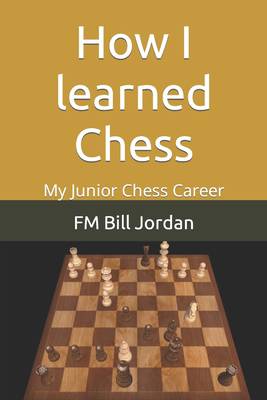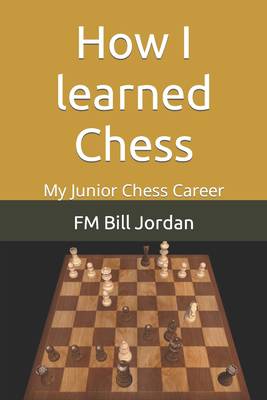
- Retrait gratuit dans votre magasin Club
- 7.000.000 titres dans notre catalogue
- Payer en toute sécurité
- Toujours un magasin près de chez vous
- Retrait gratuit dans votre magasin Club
- 7.000.0000 titres dans notre catalogue
- Payer en toute sécurité
- Toujours un magasin près de chez vous
Description
It is from an era before mobile phones, Internet, chess databases and chess engines. It was the days of black and white television and milk carts drawn by horses. It was when you could play correspondence chess without any concern an opponent may be getting assistance from a computer.
It happened in a time and place that formal chess coaching was almost non-existent. In those days people learned chess from books. It happened in a city with a library that was home to the world's largest collection of chess books.
It is a story of learning through books and magazines, through playing over master games, doing chess puzzles, playing blitz and correspondence chess, learning from one's own mistakes and learning from others. For those on the path to improving their understanding of chess it may be possible to make a few insights.
It includes highlights of games from state Junior championships, national junior championships, club games, weekenders and other types of tournaments. Some games are rather unusual.
It includes games with various national champions, two world chess champions and a world correspondence chess champion.
My tournament experience began with the State Under 14 and includes the journey to the national junior title. Shortly after I completed school I played overseas representing Australian in the first Asian Teams championship.
Included are plenty of diagrams.
Spécifications
Parties prenantes
- Auteur(s) :
- Editeur:
Contenu
- Nombre de pages :
- 156
- Langue:
- Anglais
Caractéristiques
- EAN:
- 9781790715480
- Date de parution :
- 08-12-18
- Format:
- Livre broché
- Format numérique:
- Trade paperback (VS)
- Dimensions :
- 152 mm x 229 mm
- Poids :
- 217 g

Les avis
Nous publions uniquement les avis qui respectent les conditions requises. Consultez nos conditions pour les avis.






